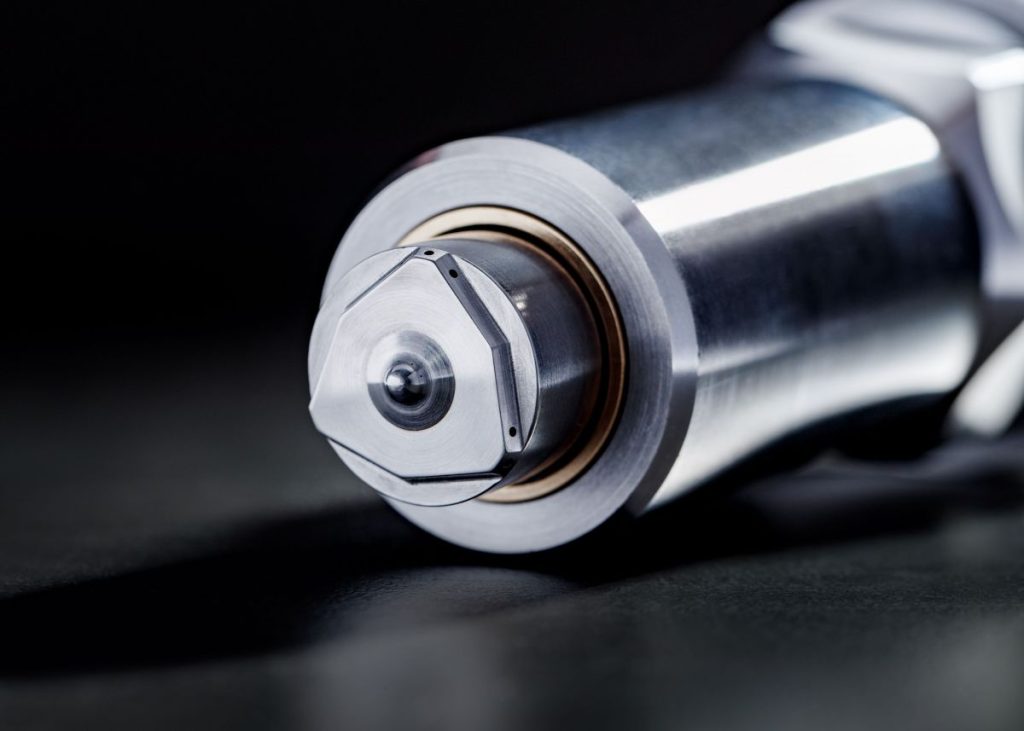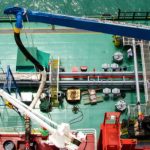When the fuel injector needle valve seizes, this can be when the needle is
1. Shut – causing nil or a smaller amount of fuel to be injected (on multi valved engines) causing low cylinder power developed.
2. Partly open – causing less fuel to be injected and the injector to dribble causing exhaust smoke and low cylinder power developed.
3. Open – causing the injector to inject earlier and the injector to dribble.
The possible cause could be either:
1. Overheating of the fuel injector due to inadequate cooling
2. Abrasives in the fuel from inadequate fuel preparation
The following actions to be taken to minimize the seizing of fuel injector needle valve:
1. Take a sample of the fuel entering the engine and send it for analysis to investigate possible contamination from metal elements
2. Remove all of the other injectors at the earliest opportunity to examine for defects and to test the injectors.
1. Examine the injector tips looking for overheating. If this is present, then check the operation of the injector cooling system (if fitted) and the cylinder head cooling system. Inspect the same system for internal fouling of the heat transfer surfaces. Ensure that the high temp alarms are functioning.
2. Ensure that the flow rates for the fuel oil purifiers are as low as possible whilst still maintaining the service tank level. If a gravity disc is used, check that the largest sized disc is fitted without causing water seal failure. Both of these actions will reduce the level of contamination in the purifier clean phase outlet.
3. If two settling tanks are available, ensure that the filling of one settling tank differ from that with the active FO separator suction. This will maximize fuel settling time and provide cleaner fuel at the purifier suction.
4. Check the condition of the cold and hot fuel oil filters for physical damage, that would allow dirt to pass through the filtering unit.
5. Check the correct operation of the fuel injector test unit, with regard to the correct calibration/protective oil.



Comments are closed